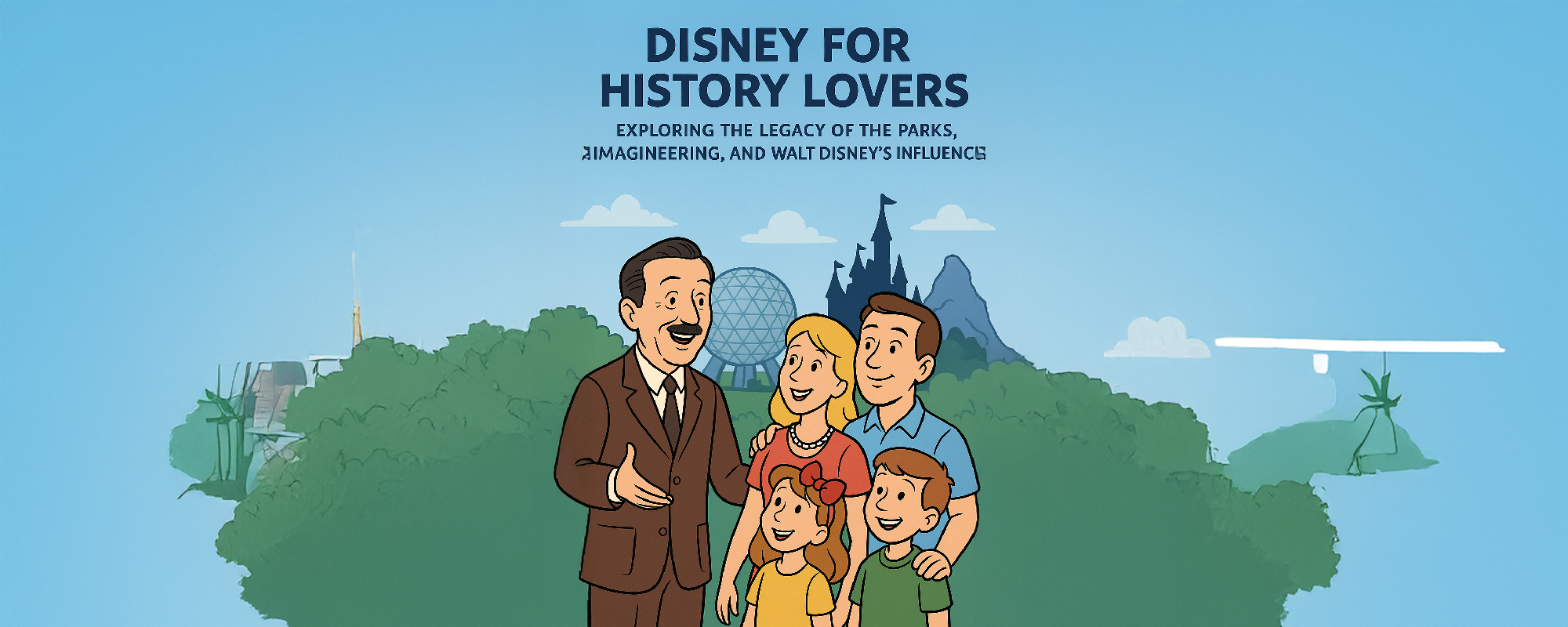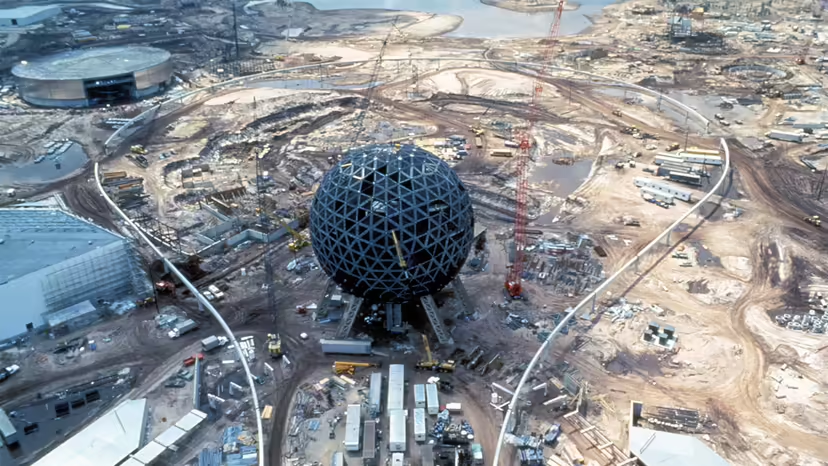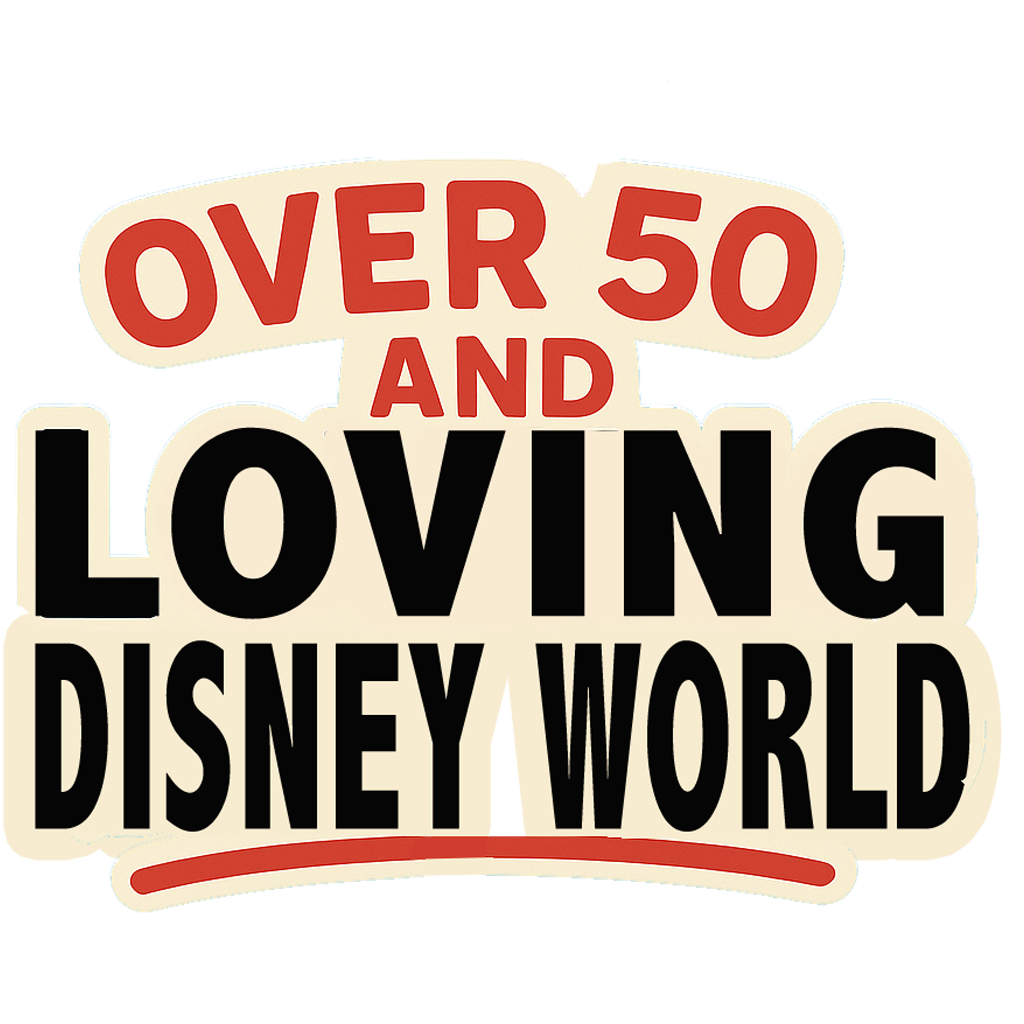Estimated reading time: 7 minutes

For many, Walt Disney World and Disneyland are simply places of wonder—where fairy tales unfold, fireworks illuminate the night sky, and children meet beloved characters. But for those who approach the parks with a historian’s eye, Disney is much more than a vacation destination. Beneath the cheerful exterior lies a complex tapestry of cultural history, groundbreaking technological advancements, architectural storytelling, and the enduring vision of one man whose influence changed the very landscape of entertainment and American leisure.
This article dives into Disney through the lens of history lovers, focusing on three major aspects: the historical evolution of the parks themselves, the revolutionary role of Walt Disney Imagineering, and the long shadow of Walt Disney’s own vision and legacy.

I. The Historical Evolution of the Disney Parks
Disneyland: A New Kind of Amusement Park

In 1955, the original Disneyland in Anaheim, California, opened its gates, forever altering the concept of what a “theme park” could be. Before Disneyland, amusement parks were often associated with boardwalk rides, noisy carnivals, and questionable upkeep. Walt Disney envisioned something different: a meticulously clean, family-friendly environment that told coherent stories across themed lands.
From Main Street, U.S.A., modeled after Walt’s own childhood town of Marceline, Missouri, to Frontierland, reflecting America’s mythic past, Disneyland offered guests an immersive walk through history as much as fantasy. It wasn’t just about rides—it was about transporting visitors into carefully curated cultural narratives.
Walt Disney World: The Florida Project

By the late 1960s, Walt recognized the limitations of Disneyland’s size and location. Landlocked by urban sprawl, Anaheim could not expand to accommodate his growing ambitions. In response, he secretly acquired over 27,000 acres of land in Central Florida, creating what would become Walt Disney World.
When it opened in 1971, the Magic Kingdom borrowed from Disneyland’s design but scaled up in size, storytelling, and infrastructure. Over the decades, three additional parks would follow: EPCOT (1982), blending futurism and world cultures; Disney’s Hollywood Studios (1989), exploring the history of film and television; and Disney’s Animal Kingdom (1998), merging zoology, conservation, and themed storytelling.
For historians, Disney World is essentially a cultural time capsule. Each park reflects not only the eras it depicts—Victorian America, the European Renaissance, the imagined future—but also the eras in which they were built, mirroring the mid-20th-century optimism of the space race, the anxieties of globalization, and the environmental awareness of the late 20th century.
II. The Role of Imagineering: History Meets Innovation
The Birth of Imagineering
“Imagineering”—a portmanteau of “imagination” and “engineering”—was coined by Walt Disney himself in the 1950s. The group of artists, architects, engineers, and storytellers he assembled became responsible for transforming creative ideas into tangible experiences.
For historians, the brilliance of Imagineering lies in its ability to blend cutting-edge technology with historical storytelling. Consider the Haunted Mansion (1969): the façade in Disneyland reflects antebellum architecture, while Walt Disney World’s version resembles a Gothic Revival manor reminiscent of the 19th-century Hudson River Valley. Both exterior designs root the ride in American architectural history, while inside, a blend of Pepper’s Ghost illusions and animatronics showcase technological ingenuity.
EPCOT: A Living Historical and Cultural Exhibit

Perhaps Imagineering’s most ambitious historical experiment was EPCOT, originally envisioned by Walt as an Experimental Prototype Community of Tomorrow. Though Walt’s original vision of a working futuristic city never materialized, the park that opened in 1982 fused futurism with cultural history.
- World Showcase presents pavilions of 11 countries, each meticulously researched to authentically represent architecture, cuisine, and cultural traditions.
- Spaceship Earth, the park’s iconic geodesic sphere, offers a journey through the history of human communication, from cave paintings to the internet age.
EPCOT embodies Imagineering’s philosophy: history is not static, but alive, ever-evolving, and made engaging through design and interactivity.
Engineering Historical Accuracy into Fantasy
Even the most whimsical rides are layered with historical references. Pirates of the Caribbean, originally developed in the 1960s, is steeped in research about 17th- and 18th-century maritime culture. Similarly, Liberty Square in the Magic Kingdom is more than a quaint colonial-themed land; its design features historically accurate architectural details, from shutter hardware to replica Liberty Tree lanterns.
Imagineers are, in essence, cultural historians—translating past eras into themed environments that, while stylized, remain rooted in research and respect for historical context.
III. Walt Disney’s Influence: A Visionary Legacy
Walt as a Historian of Americana
Walt Disney himself was deeply fascinated by history, particularly American history. His films often romanticized frontier life, medieval Europe, or industrial-age progress. Disneyland’s Main Street, U.S.A. was not just nostalgic, but autobiographical—a recreation of his turn-of-the-century childhood in the Midwest.

Walt believed history should not sit in dusty books but be lived and felt. His parks offered that very possibility. For the first time, families could walk through a reimagined American past or glimpse into speculative futures.
The Vision of Progress
One of Walt’s recurring themes was optimism about the future. His involvement with the 1964 New York World’s Fairdemonstrated his forward-thinking approach. Exhibits like “It’s a Small World”, The Carousel of Progress, and Great Moments with Mr. Lincoln showcased how history, innovation, and cultural unity could inspire progress.
These attractions, transplanted to Disney parks after the fair, became lasting symbols of Walt’s conviction that history and technology are interwoven in humanity’s journey forward.
Walt’s Enduring Shadow
Though Walt died in 1966 before Walt Disney World opened, his ethos permeates every brick of the parks. His belief that history and storytelling should be accessible, engaging, and inspiring is the philosophical foundation upon which Imagineering continues to build.
To this day, new attractions honor Walt’s legacy. The recently reimagined Carousel of Progress still proclaims, “There’s a great big beautiful tomorrow,” while newer experiences like Star Wars: Galaxy’s Edge blend cultural myth-making with technological innovation—an echo of Walt’s own storytelling ambitions.
IV. Why Disney Resonates with History Lovers
For those who love history, Disney parks are not mere amusement parks but living museums of cultural memory. They function as:
- Architectural History Lessons – Main Street, Liberty Square, and World Showcase each offer meticulously crafted architectural narratives.
- Cultural Exhibits – Pavilions in EPCOT provide immersive glimpses into world cultures without leaving Florida.
- Technological Milestones – Animatronics, ride systems, and projection mapping represent milestones in entertainment technology.
- Reflections of American Society – From 1955 to the present, the parks themselves are historical artifacts, mirroring changing social values, aesthetics, and hopes for the future.
For the historian, visiting Disney is not escapism but engagement—an encounter with how culture remembers, retells, and reimagines the past.
V. Conclusion: History in the Happiest Place on Earth
Disney parks are often dismissed as mere entertainment, but to a discerning eye, they represent a living archive of history, art, and technology. They embody Walt Disney’s conviction that history should not remain locked in the past but lived, experienced, and continually reinterpreted.
For history lovers, Disney offers more than fireworks and characters—it offers a unique opportunity to stroll through American nostalgia, encounter centuries of architectural design, marvel at human innovation, and reflect on the ever-shifting relationship between past, present, and future.
In the end, Walt Disney may not have been a historian in the academic sense, but he was certainly a storyteller of history. Through his parks and the legacy of Imagineering, he ensured that history would be felt—not only in books and classrooms, but in the laughter of children, the awe of families, and the enduring cultural memory of the “Happiest Place on Earth.”
